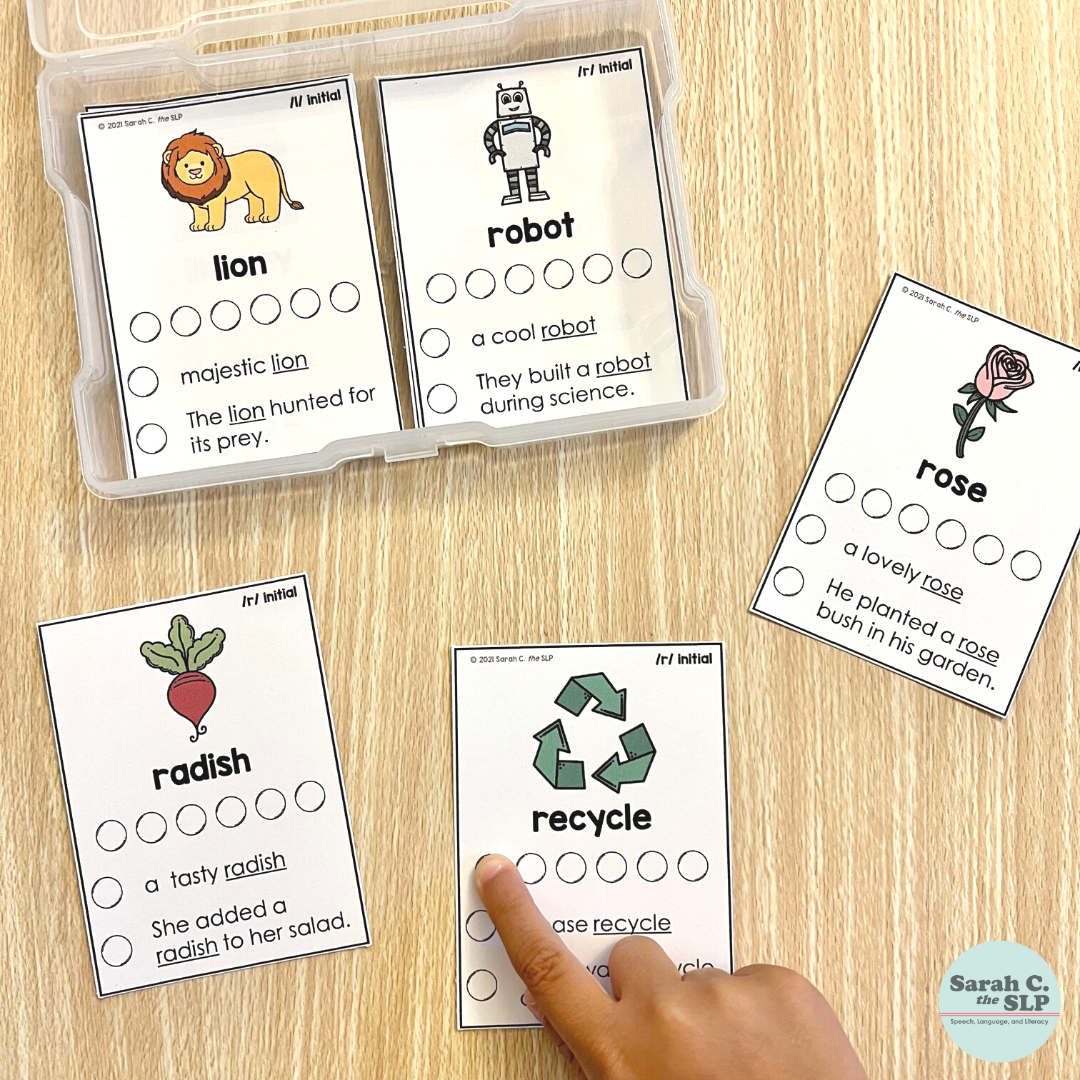Articulation
Articulation is the production of speech sounds using the mouth, lips, and tongue. Errors in articulation can negatively impact how we are understood by others. For example, saying “tar” instead of “car” or “wed” instead of “red.”
Voice
Voice disorders involve the use and function of our vocal folds and breath to make sounds. Our voice can be breathy or hoars, loud or soft, or low- or high-pitched. We can damage our voice by talking too much, talking too loudly, or coughing frequently. An evaluation by ENT is typically warranted when a voice disorder is being assessed.
Fluency
A fluency disorder is an interruption in the flow of speaking. It can be characterized by atypical rate, rhythm, and disfluencies (e.g., repetitions of sounds, syllables, words, and phrases; sound prolongations; and blocks). These disfluencies may also be accompanied by excessive tension, speaking avoidance, struggle behaviors, and other secondary behaviors. Stuttering is the most common fluency disorder. Stuttering is an interruption in the flow of speaking characterized by specific types of disfluencies, including:
- Repetitions of sounds, syllables, and monosyllabic words (e.g., “Let’s g-g-g-g-go”)
- Prolongations of consonants when it isn’t for emphasis (e.g., “I ssssssssaid no”)
- Blocks (the inability to initiate sounds)
-
Source:www.asha.org


